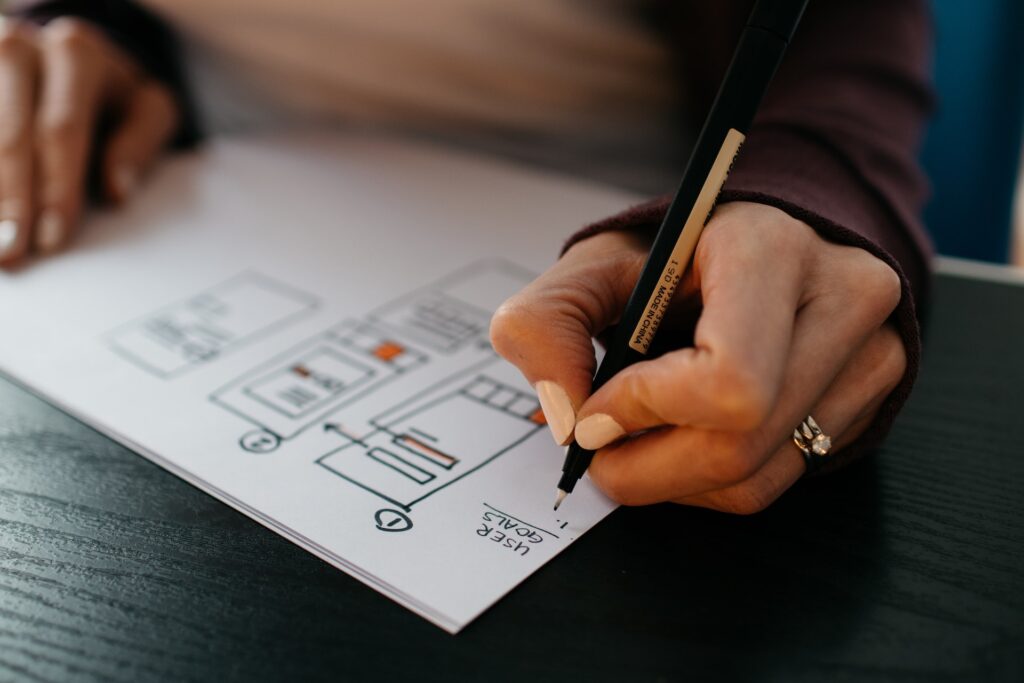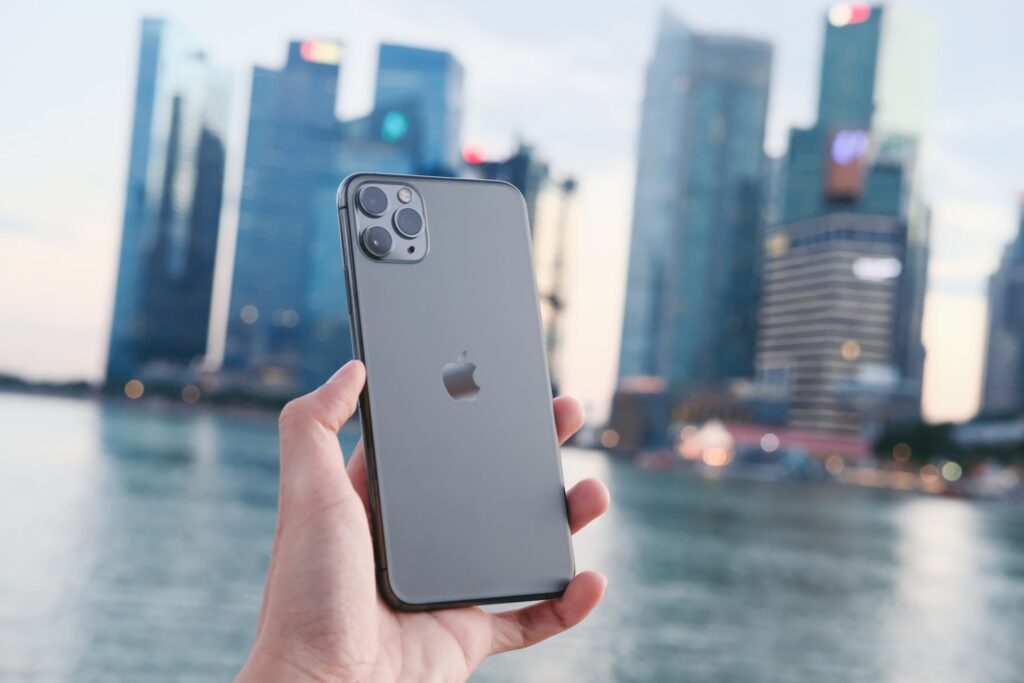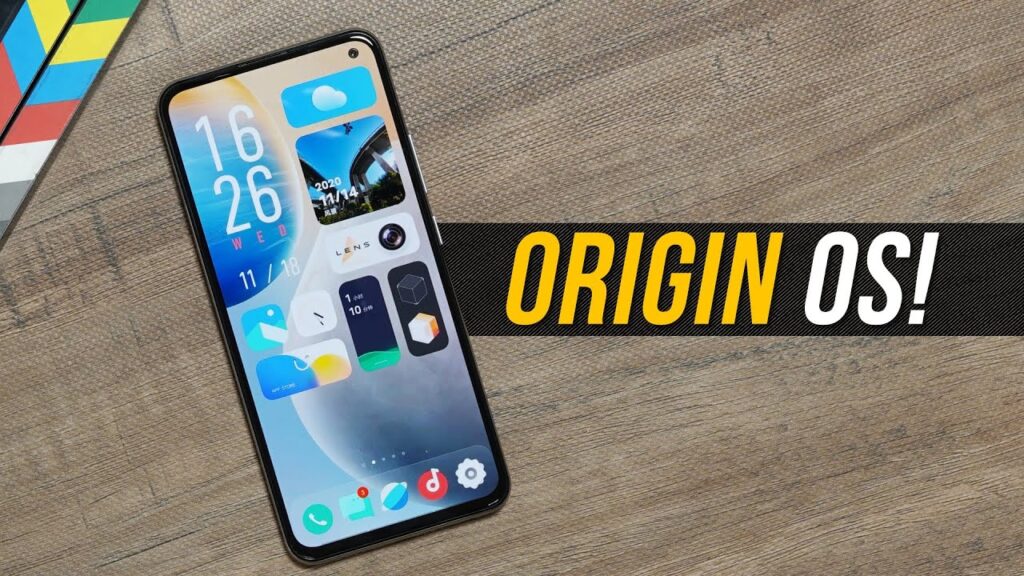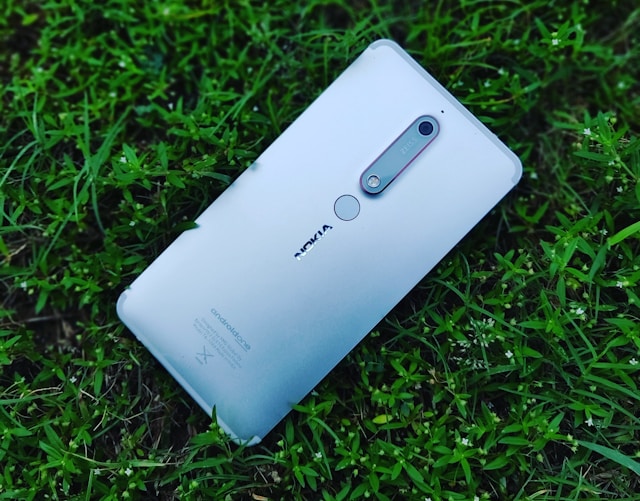Design is a rather broad and vague term. When someone says “I’m a designer”, it’s hard to know what he does every day. Design covers many fields and responsibilities, from industrial design (cars, furniture) to print design (magazines, other publications), to the technology industry (websites, mobile applications), designers with different responsibilities can be found everywhere. With the continuous influx of technology companies into the field of human-computer interaction, many new design roles have emerged – UI designers, UX designers, visual designers, GUI designers, etc.
With so many similar names, do you also fall into the fog of stupidity and indistinguishability like me? Let us clear the fog together and get to know these new designers again.
Table of Contents
UX Designer / Interaction Designer
UX, User Experience, refers to user experience. Generally speaking, UX designers are also called interaction designers or UE designers (while UX designers refer to user experience designers, and interaction designers refer to motion effect designers).
UX designers mainly focus on the user’s experience of the product and ensure that the logical process of the product can run smoothly, even smoothly and wonderfully. Just as there are a thousand Hamlets in the eyes of a thousand people, there is often no unique solution to a design problem. A UX designer will go deep into the scene and explore many different solutions, and this deep thinking often leads to innovative solutions. UX designers use some user research methods & design methods as an aid to understand user behavior and discover product experience problems through user research methods such as on-site observation, usability testing, and user interviews.
Speaking of this, you will find that UX designers are also doing user research. In fact, apart from the larger Internet companies with complete UED design departments (the division of labor is relatively clear, UX designers rarely do interview-related content and generally use research children’s shoes to be responsible for this part), start-up companies and design UX designers in consulting companies basically also take into account user research; UX designers explore design opportunities through brainstorming, role-playing, storyboards, and other design methods, and move towards the goal of creating the “best” user experience. A typical example is designing a pleasant login flow for new users.
UX designers design the process and relationship between people and information products. In the final analysis, they must study the relationship between people, and things. It is an interdisciplinary subject that includes computer engineering, psychology, and design. Conduct stakeholder interviews, and user interviews, mine user needs, refine user task flow; fully experience different products, mine interaction design patterns, design interaction patterns, write interaction design drafts, and finally form interaction design specifications/UI spec; follow up visual Design and development, to ensure that the product is launched normally. This may be the daily work of UX designers.
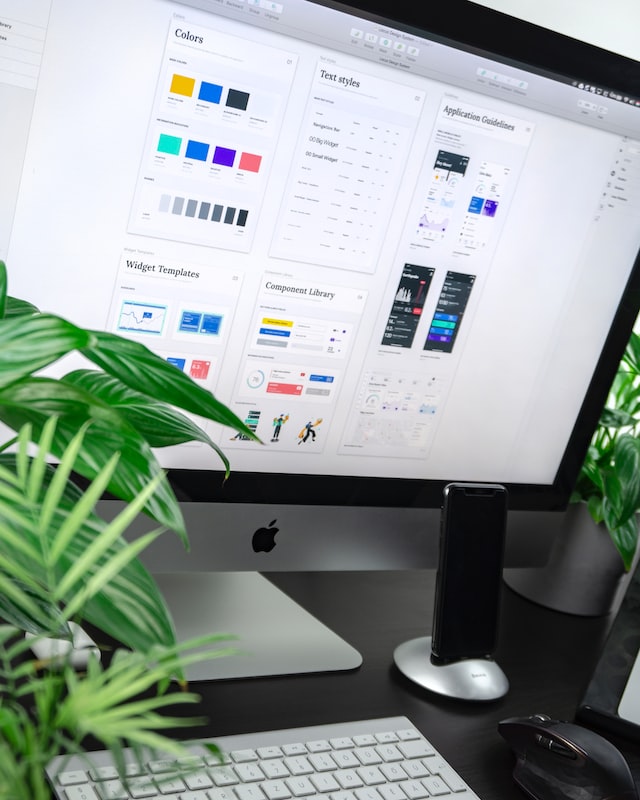
Visual Designer
Speaking of visual designers, they usually think of Virgos who “deduct pixels”. Compared with UX designers sorting out processes, organizing information structures, etc., they care more about visual elements such as exquisite icons, buttons, and appropriate typography. Visual designers often work at 4x to 8x zoom levels in Photoshop, fine-tuning small details that would otherwise be overlooked.
Designers with different titles such as UI designer, GUI designer, operation designer, and graphic designer are also called visual designers on different occasions. Hearing this, have you started to get lost in these various concepts? Let me describe these:
UI designer / GUI designer
UI or User Interface refers to the user interface, which is the interface between human and machine interaction. It can be understood as a branch of UX. Unlike UX designers who need to pay attention to the overall feeling of the product. UI designers pay more attention to how the product is presented on the interface. In fact, in the Internet field, the boundaries between UI and UX designers are quite blurred. In many start-up companies, these two design roles are combined into one.
The graphical user interface (GUI: Graphic User Interface) displayed on the screen is generally referred to simply as UI. The UI designer we often hear actually refers to a GUI designer, that is, a graphical interface visual designer, who is responsible for the graphics, icons, colors, visual styles, etc. of a product or website, and decides what kind of visual experience to create. Control the product interface design from the visual level to ensure that the UI draft clearly conveys the interaction design draft of the UX designer visually, that is, the high-fidelity visual draft. For example, when designing a data analysis interface, the UI designer can decide to use a slider or a control knob and use such controls to illustrate the intuitive feeling brought by the chart. In addition, UI designers are also responsible for formulating visual design specifications to ensure the consistency of product design; the specifications, specify the usage behavior of some UI controls/components, such as error or warning prompts.
Familiar with multi-terminal products with different resolutions, such as desktop, web, and mobile devices; able to complete high-quality visual design drafts – from conceptual design to determine design style to detailed design, design content including icons, graphical interfaces, etc.; unified execution Design language, write and improve the design specifications of the website, and inject beauty and life into the product. This may be the daily tasks of UI designers.
Graphic designer
Graphic designers, it can be said that they are the origin of designers, are often referred to as art workers, sometimes with the title of the brand designer or operation designer. Before the emergence of emerging design titles such as UI designer and UX designer, visual designers were actually equivalent to graphic designers. Graphic designers are engaged in design projects, specifically web design, packaging design, advertising design, poster design, etc. All industries need graphic designers to enhance brand image and so on. In recent years, due to the upsurge of UI designers spawned by the Internet, more and more graphic designers have turned to UI designers. Because the primary UI is a continuation of graphic design, coupled with the trend of flat style, it is really the skill tree of graphic designers. You must know that graphic designers are familiar with color, shape, typesetting, etc.
However, it should be noted that the designs of graphic designers – logos, posters, etc. are more emotional and creative, often with unconstrained visual creative thinking, emphasizing sensibility, making users emotionally touched through design, and enhancing brand value, while UI design Designer’s design – more inclined to product categories, based on user needs, according to the preferences of target users, explore design styles, and carry out interface layout.
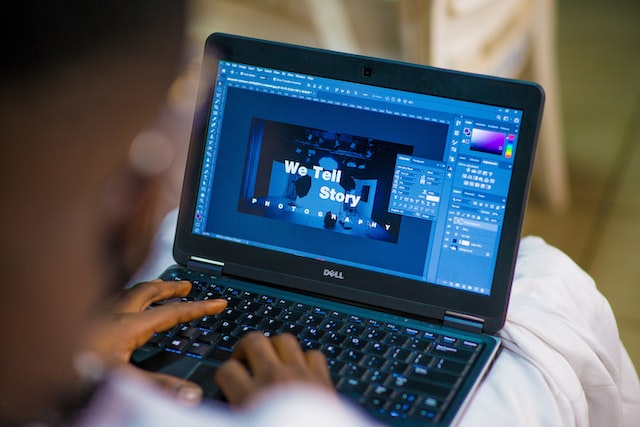
Therefore, it is recommended that graphic designers who want to change careers can learn some introductory knowledge about interfaces and products, such as various design specifications of iOS and Android, mobile application UI design patterns, face 3, etc. They can also play with interesting applications in mobile phones.
Product Designer
Product designer is a broad term. As the name suggests, it is to design products. According to actual user/business needs, design various products such as entities/Internet to meet corresponding user/business needs and solve corresponding problems. That is to say, before the Internet, product designers generally studied the relationship between people and the environment, refined needs, and designed physical products, such as furniture products, daily necessities, etc.; with the advent of the Internet wave, product designers in the Internet field design more Virtual Internet products, such as web pages, apps, etc. The following mainly introduces product designers in the Internet field.
His role is not easy to define and varies from company to company. A product designer might do a small amount of front-end work, organize user research, design user interfaces and draw visual elements. From beginning to end, product designers need to identify the problem to be solved, propose a solution, and then design, develop, test, and iteratively update. Some companies want to ensure smooth collaboration between different design roles, so they set up the “product designer” position to motivate the entire design team to maintain a holistic user experience, including user research, interaction design, and visual design. But in fact, most companies use “UX designer” or even just “designer” as a collective term. Sometimes simply knowing the job description can make it easier to understand how the design team in the company divides responsibilities.
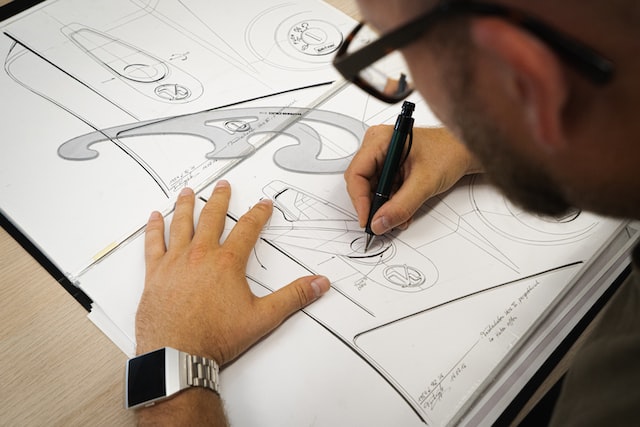
In general, product designers are responsible for all aspects of experience design: user research, interaction, vision, ensuring that high-fidelity prototypes can be produced with pixel accuracy, and driving the development of new features on the web and mobile ends.
The goal of user research is to answer these two closely related questions: “Who are your users? What are your user needs?”. Usually, user research needs interviewing users, mining huge business data, collect and organize the findings, such as usability testing, focus groups, data analysis, etc. We all know that design is a continuous iterative process, so users and researchers organize A/B tests to screen design solutions that better meet user needs. User research is usually the pillar of large companies, because only in large companies can they have access to sufficient data and sufficient opportunities to draw statistically significant conclusions.
A user researcher usually works with the product team to clarify survey objectives; design a research plan to try to understand user behavior and attitudes; able use a lot of qualitative research and a small amount of quantitative research to organize user research. UX designers also occasionally take on the role of user research.
